Is It Bad to Charge a LiFePO4 Battery to 100%?
Many battery users struggle with contradicting advice about charging habits. Some say always charge to 100%, others warn against it. This confusion can lead to improper battery maintenance and reduced lifespan.
While charging a LiFePO4 battery to 100% occasionally is safe, regular shallow charging between 20% and 80% can extend battery life. The built-in BMS prevents overcharging damage, but constant full charges may accelerate capacity loss over time.
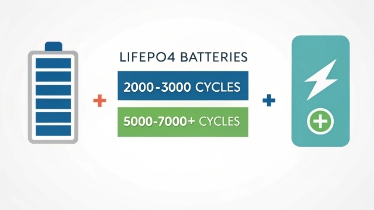
Understanding optimal charging practices can significantly impact your battery's longevity. Let's explore the science behind charging habits and their effects on battery health.
Should LiFePO4 Batteries Be Charged to 100%?
I often hear users asking if they should always charge their batteries fully. This common question stems from outdated advice about older battery technologies and conflicting information online.
Occasional 100% charges are beneficial for cell balancing, but daily full charges aren't necessary. A full charge every 2-4 weeks is sufficient for maintaining battery health while using 20-80% charging cycles for regular use.
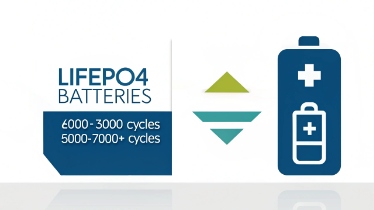
Let's dive deeper into why charging patterns matter:
Cell Balancing Benefits
- Helps equalize individual cell voltages
- Calibrates battery management system
- Ensures accurate capacity readings
Recommended Charging Schedule
| Charging Pattern | Frequency | Purpose |
|---|---|---|
| 20-80% charge | Daily use | Maximize cycle life |
| 100% charge | Monthly | Cell balancing |
| Below 20% discharge | Avoid | Prevent stress |
| Storage charge (40-50%) | Long-term storage | Optimal preservation |
Is It Better to Charge to 80% or 100%?
The debate between charging to 80% versus 100% causes confusion among battery users. This uncertainty can lead to suboptimal charging habits that affect battery performance.
Charging to 80% is generally better for daily use as it reduces stress on the battery cells and can double the cycle life compared to regular 100% charges. However, occasional full charges are still important for system maintenance.
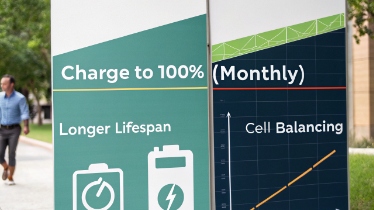
Understanding the impact of different charging levels requires looking at several key factors:
Cycle Life Impact
- 80% charging: 5000-7000 cycles
- 100% charging: 2000-3000 cycles
- Mixed charging: 3000-5000 cycles
Performance Considerations
| Charging Level | Advantages | Disadvantages |
|---|---|---|
| 80% | Longer lifespan, Less stress | Slightly less capacity |
| 100% | Maximum capacity, Better balancing | Faster degradation |
| 40-60% | Best for storage | Reduced usable capacity |
Does Charging to 100% Ruin Your Battery?
Many users worry that charging to 100% might permanently damage their batteries. This concern often leads to overly cautious charging habits that might not be necessary.
Charging to 100% doesn't ruin LiFePO4 batteries immediately, but frequent full charges can accelerate capacity loss over time. The BMS prevents dangerous overcharging, making occasional full charges safe.
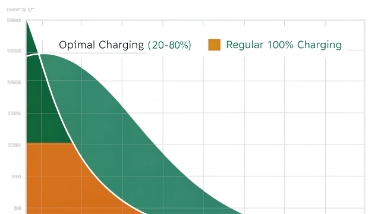
I've observed several patterns in how charging habits affect battery life:
Degradation Factors
- Charge voltage stress
- Chemical stress at high states of charge
- Temperature increases during full charges
- Time spent at high voltage
Long-term Effects
| Charging Habit | Impact on Lifespan | Capacity Loss Rate |
|---|---|---|
| Regular 100% | Moderate degradation | 2-3% per year |
| Occasional 100% | Minimal impact | 1-2% per year |
| Never 100% | Potential imbalance | Variable |
Is It Bad to Fully Discharge a LiFePO4 Battery?
Deep discharging is a common concern among battery users. The fear of damaging batteries through complete discharge can lead to anxiety about battery usage.
Fully discharging a LiFePO4 battery below 10% regularly can significantly reduce its lifespan and potentially cause permanent damage. The ideal minimum discharge level is 20% to maintain optimal battery health.
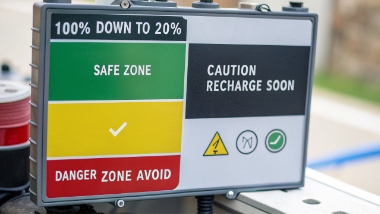
Let's examine the effects of different discharge levels:
Discharge Impact Analysis
- Above 20%: Safe operating range
- 10-20%: Occasional use acceptable
- Below 10%: Risk of damage
- 0%: Potential permanent damage
Safety Measures
| Discharge Level | System Response | User Action |
|---|---|---|
| 20% | Warning alert | Begin charging |
| 15% | Load reduction | Immediate charging needed |
| 10% | System shutdown | Prevent further discharge |
| Below 10% | BMS protection | Professional inspection |
Conclusion
For optimal LiFePO4 battery life, maintain charge levels between 20-80% for daily use, with monthly 100% charges for balancing. Avoid deep discharges below 20% and rely on the BMS for protection against extremes.